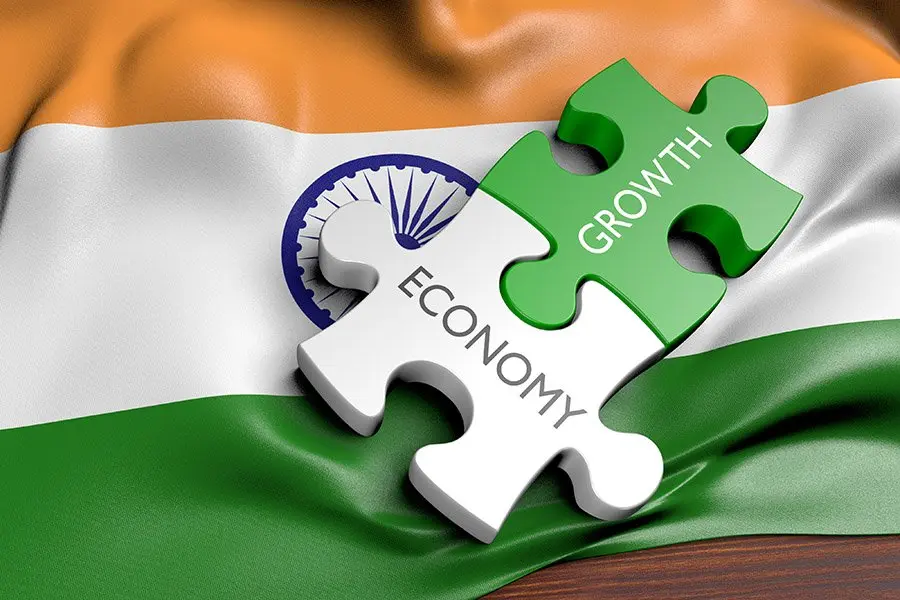17 January 2024, Mumbai
Why India
Fueled by government incentives and lucrative trade deals, India's manmade fiber (MMF) textile exports are set to skyrocket by 75%, reaching $11.4 billion by 2030.
This remarkable feat, a significant jump from the roughly $6.5 billion in 2021–22, will solidify India's position as the world's second-largest MMF producer, trailing only China.
Opportunities galore
Home textiles like curtains, drapes, and tents made from synthetic fibers lead the charge, fueled by growing global demand.
Technical textiles, praised by government officials as the future of the industry, also boast ambitious growth targets. MMF currently reigns supreme in the global market, capturing a 72% share compared to natural fibers.
This dominance stems from sustainable advantages like lower water consumption and higher cost-effectiveness.
Pushing the envelope
Beyond existing strongholds like the US and Brazil, India aims to tap into promising new markets like Vietnam and Japan. Domestically, strategic plans are in place to boost production capacity and processing capabilities for diverse MMF fabrics.
Bhadresh Dodhia, Chairman of the Synthetic & Rayon Textiles Export Promotion Council, champions the environmental benefits of MMF textiles.
He points to their lower water footprint compared to cotton and their versatility for value addition. He also anticipates a surge in the use of technical textiles, driven by evolving lifestyles and heightened safety and health awareness.
Fuels optimism
Moving ahead: With innovation and trade fueling its ascent, India's textile industry is poised to weave a $11.4 billion success story by 2030, reaffirming its place as a global leader in sustainable and versatile fabrics.
Gist
- Home textiles lead charge, 72% global share for MMF.
- New markets, boosted capacity fuel domestic growth.
- Innovation weaves $11.4B success, textile leader in versatility & sustainability.

























